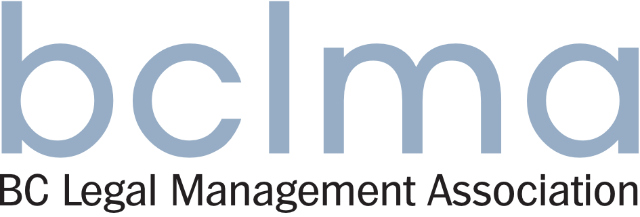STRATEGIC ACTIONS FOR LEARNING HOW TO THINK STRATEGICALLY
What is strategic thinking? What does that term mean? My research into definitions brought me to the following thoughts. Strategic thinking is a process that defines the manner in which people think about, assess, view, and create the future for themselves and others. It is more about creating tomorrow than responding to both day-to-day as well as long-term problems, opportunities, and new realities. It is proactive rather than reactive. Fortunately, it also can be applied on any day at any time and is responsive to the new realities and the accelerated rate of change of today and tomorrow’s world. Strategic thinking always involves change, and many times that means profound personal change. It is imagining the results you want to achieve in the future on a business and/or personal level.
Strategic thinking is an extremely effective and valuable tool. One can apply strategic thinking to arrive at decisions that can be related to your work or personal life. Strategic thinking involves developing skills in creativity, problem solving, teamwork, critical thinking and flexibility. Strategic thinkers are able to see the big picture, as well as how to attain it. I do not believe that you inherently know how to think strategically. Strategic thinking is an acquired skill and there are several strategic actions involved in learning how to think strategically. Your Strategic Thinking Business Coach offers the following actions to help you learn how to think strategically.
Strategic Action #1
Critically assess and examine the existing situation or the “status quo.” In order to acquire strategic thinking skills you must closely examine how things have always been done and then determine if that is the way things should be done. Strategic thinkers always are willing to look outside of the “status quo” or the “we’ve always done it that way” mindset to discover more efficient and creative ways of finding solutions, reaching goals and getting things done.
Strategic Action #2
Look at the “big picture,” not the minutia or small details. Strategic thinkers are alert to not getting bogged down by the details of managing day-to-day issues. Thinking of Michael Gerber and “The E-Myth,” it is important to keep in mind that strategic thinkers do not just work “in their business, they work “on their business.” The strategic thinkers look at their business or organization as a whole to assess the strengths, weaknesses, opportunities and challenges or threats.
Strategic Action #3
Look to and focus on the future. Strategic thinking is goal oriented and guided by a vision for the future of a company or organization. When you are developing strategies for business growth, those strategies must have clearly defined goals that contribute to the achievement of the overall vision for the company.
Strategic Action #4
Always examine and consider the “external forces in the environment” impacting your business when you develop a strategic plan. Governmental regulations, legal developments, market conditions, economic factors and technological developments can and most likely will affect how you plan for the future.
Strategic Action #5
Seek and receive feedback from your clients and customers, your employees, your key advisers and other stakeholders within your industry or business sector. Conducting market research will help you align your company’s vision to the desires and expectations of your clients and customers.
Strategic Action #6
Review and confirm the facts you will use in your strategic planning. Strategic thinking involves making predictions about the future and those predictions must be realistic. It is imperative to gather reliable data to justify and confirm your predictions and to assist you in developing goals based in reality.
Strategic Action #7
Review and assess your organizational structure to determine if the organization and the key leaders are in place to fulfill your vision. And be flexible enough to revise the organization or find new leaders if that is needed to achieve your goals.
Strategic Action #8
Be proactive, rather than reactive and anticipate change and challenges. An important part of thinking strategically is being able to predict what issues will arise and devising a plan to confront those issues ahead of time.
Strategic Action #9
Be flexible and be ready to modify your plan as conditions warrant. It is important to remember that any plan based on assumptions or predictions must be flexible in case the future does not turn out the way you thought it would. Flexibility is a critical element of strategic thinking skills.
Your Strategic Thinking Business Coach recommends that you develop a vision for your business or organization by thinking about future needs of your target markets. Employ strategic thinking to predict the evolution of your market, and then define the role of your business or organization within that future market. The same recommendation applies to you personally as well. It would serve you well to develop a personal vision and personal strategic plan to address your future too.
Author: Glenn Ebersole.
J. Glenn Ebersole, Jr. is a multi-faceted professional, who is recognized as a visionary, guide and facilitator in the fields of marketing, public relations, management, and engineering. He is the Founder & Chief Executive of the Lancaster, PA based multi-disciplinary & strategic thinking consulting practices, J. G. Ebersole Associates and The Renaissance Group™. He is a Certified Facilitator and business and strategic thinking and planning coach to a diverse list of clients.
